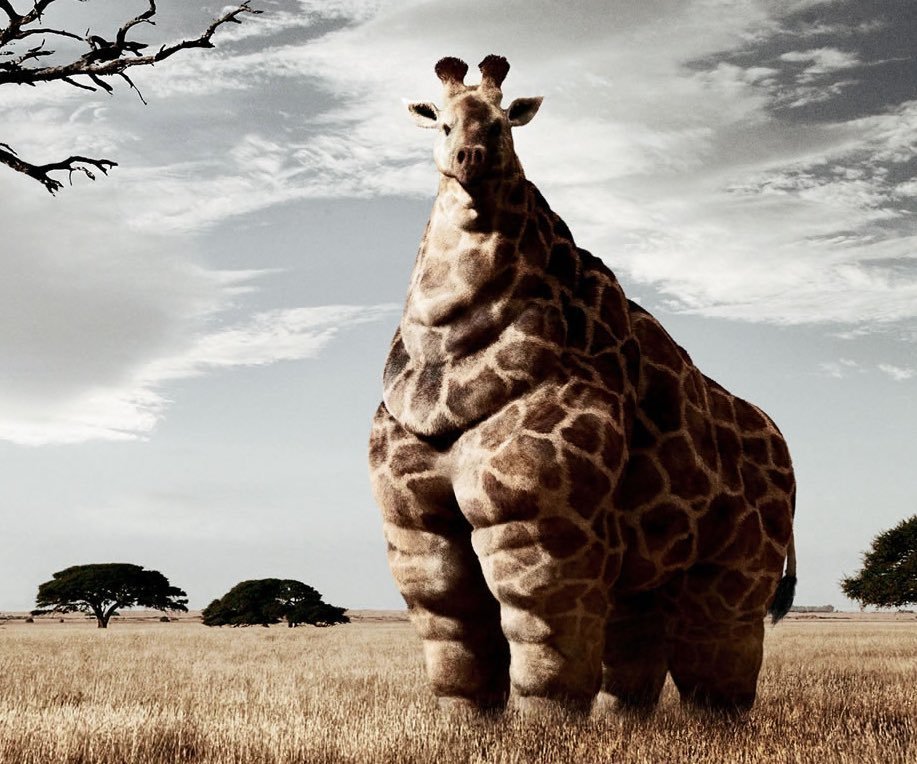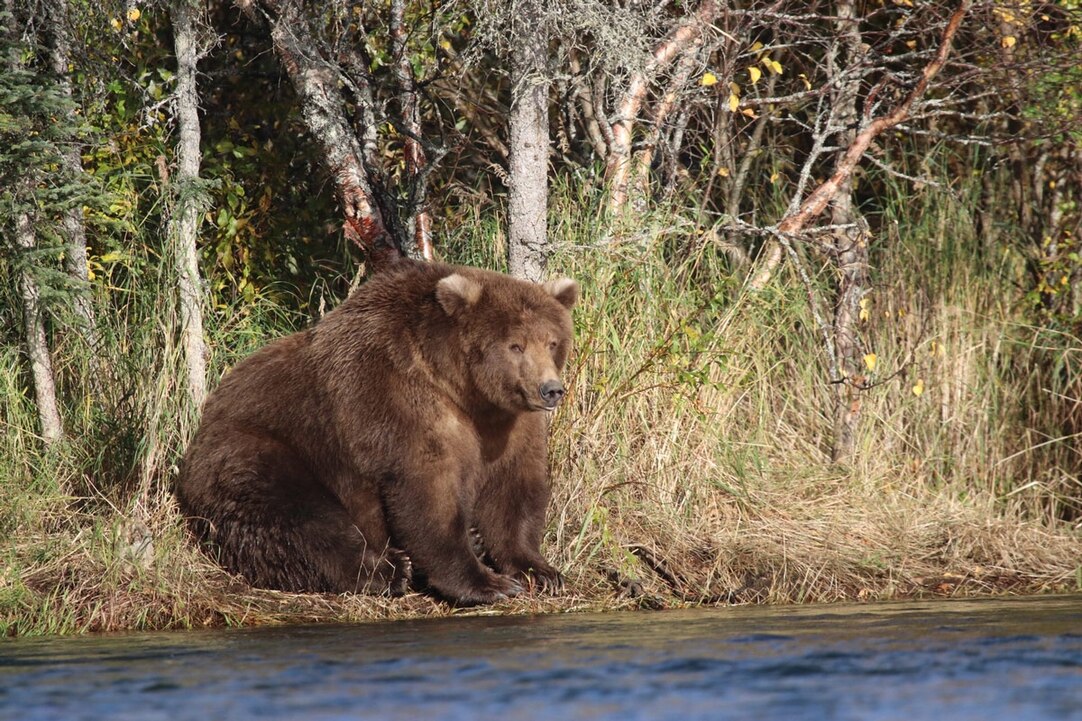
How are we different than wild animals?
Earlier this week, I came across several different social media posts that focused on obesity. In particular, these posts were discussing the idea that obesity is not something that we see in wild animals. The authors used the image above to rhetorically ask why we see so much obesity in humans, but so little in wild animals.
The idea is an interesting one to discuss. While this idea that obesity does not exist in the wild may seem to be true, it is not 100% accurate. The picture above shows an obese giraffe, highly unlikely to survive in the wild. Do you know why?
Let's paint a picture... Imagine that you are a hungry lion, and you stumble upon a herd of giraffes. Which giraffe are you going to chase down? A strong, lean giraffe or the obese giraffe? You are going to target the obese giraffe! They are likely to provide more "nutrition" AND they are likely to be an easier target because they are going to move slower. You would burn fewer calories try to catch them, and get more calories from eating them. This seems like a no-brainer!
However, obesity does exist, in the wild, in some species. Typically, obesity exists only at certain times and for specific reasons. For example, take a moment and Google "Obese Bear" if you would like a laugh!
Here's one example
For bears, obesity is very common. Their brief period of obesity occurs almost exclusively in the days before they begin to hibernate. They store all of the calories that they will require during the winter hibernation, After that period, they typically emerge looking gaunt because their body still burns calories and fat throughout their entire dormant phase.
Post hibernation bear...
So... if obesity doesn't really exist in the wild, then why has it become so prevalent in humans? Especially in Westernized cultures... The primary reason that it rarely happens in wild animals is that they have to physically work to eat. They need to either hunt, gather, or scavenge for their food. In other words, they need to move! We, as humans, no longer need to do that to find food. Just because we don't need to move to acquire food, doesn't mean that we don't need to move! Humans are designed to move, and move A LOT.
There are a few other animals that display obesity, but they are typically domesticated cats and dogs... They no longer have to work for their food either...
We should be thankful that we no longer have to do that level of physical labor in order to obtain our nourishment, but we cannot forget how important movement is for us (and our pets)!





